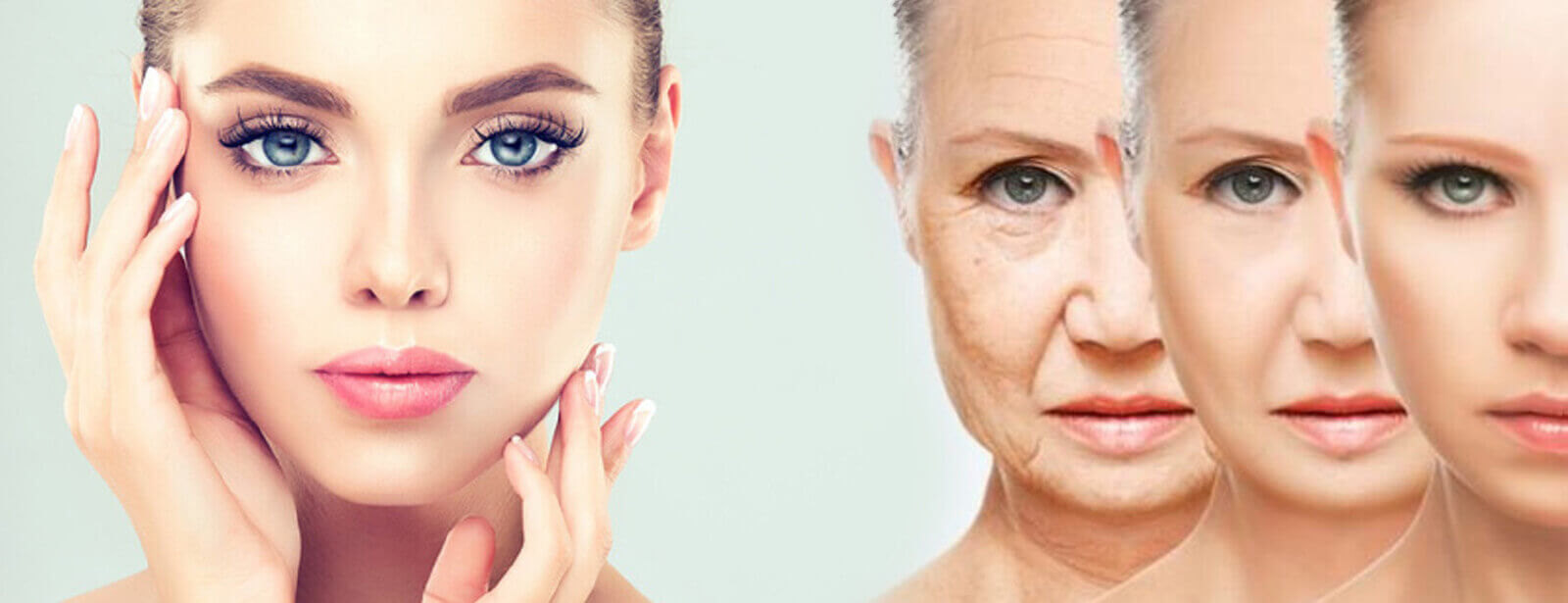Carboxytherapy or treatment using carbon dioxide gas is one of the most popular and comprehensive skin rejuvenation methods in the world. This treatment method dates back to the 1930s and over time we have witnessed the development and improvement of its performance.
Relatively many researches have been conducted in the field of carboxytherapy, all of which show the high effectiveness and low side effects of this treatment method. Carboxytherapy can help improve flexibility, increase blood supply, fade wrinkles, stimulate collagen production, and eliminate localized skin fat. An effective and affordable treatment method that we want to fully introduce in this article.
What is carboxytherapy?
Before going into the details of this treatment, let’s review some basic points very quickly:
about
* Carboxytherapy is a method for treating cellulite, stretch marks, dark circles under the eyes and skin rejuvenation.
* The origin of this method goes back to France and the 1930s.
* This treatment method can be used on the eyelids, face, neck, hands, hips, stomach and legs.
* In this method, carbon dioxide gas is used, which is produced naturally in the body.
safety
* Carboxytherapy is a type of mesotherapy and is commonly used all over the world.
* So far, severe or permanent side effects have not been observed regarding this method.
difficulty
* Carboxytherapy is one of the fastest and easiest methods of skin rejuvenation.
* Treatment sessions usually last between 15 and 30 minutes.
* Immediately after the treatment, you can start your daily activities.
* Only in the case of cellulite treatment, you should avoid going in the tub or swimming for 24 hours after the treatment.
impact
* Carboxytherapy is one of the most effective rejuvenation methods and almost all clients are satisfied with its results.
History of carboxytherapy
Carboxytherapy or carbon dioxide therapy (CDT) is not a new technique in medical science. This method was invented in the 1930s in France. The French had noticed that bathing or swimming in water with a high percentage of carbon dioxide gas led to faster healing of wounds and skin injuries.
In the 1950s, heart surgeons used carboxytherapy to treat vascular diseases caused by problems with blood supply to tissues or fatty deposits in the arteries. Finally, in 1995, carboxytherapy opened its place among beauty and skin rejuvenation methods and quickly became one of the most popular methods in this field. The main uses of this method in the past included local fat removal and skin rejuvenation.
Over time, carboxytherapy was used to improve flexibility or elasticity, improve blood supply to skin tissue, remove wrinkles and increase collagen production.
How does carboxytherapy work?
Carboxytherapy can be considered a type of mesotherapy. In this method, carbon dioxide gas is injected into the lower layers of the skin. Carbon dioxide enters the tissues and diffuses locally in the treated area. In response to the increase in carbon dioxide, the body starts to activate compensatory mechanisms.
You must know that carbon dioxide gas is produced in the process of energy production by our body cells. Cells use food (such as sugars) and oxygen gas to produce energy and carbon dioxide in the process of cellular respiration. For this reason, our body constantly needs oxygen and expels the produced carbon dioxide with exhalation.
Rejuvenation using the body’s natural reaction
When the amount of carbon dioxide in a tissue increases in a normal state, it means that either the amount of oxygen entering is low or the blood supply to that tissue has decreased. Because carbon dioxide is transported from the body tissues to the lungs with the help of blood to be eliminated. To compensate for these two possible problems, the body increases blood supply to that tissue. So, in fact, in carboxytherapy, we stimulate the body’s natural processes to achieve the desired results.
After injecting carbon dioxide under the skin, about 70% of this gas reacts with the water in the tissue and blood and turns into an acidic substance called bicarbonate. Bicarbonate causes acidification of the tissue environment and local blood, and the body increases the blood supply to the tissue to compensate for this problem. The interesting point is that the more acidic the environment of the tissue, the more oxygen enters it.
Increased blood supply leads to rejuvenation
Our body has several strategies to increase tissue blood supply. One is the dilation of small tissue vessels. Immediately after being exposed to a high percentage of carbon dioxide, the vessels dilate and increase tissue blood supply. In the next stage, the body starts to secrete different growth factors to form new blood vessels and expand the blood supply network. These growth factors have three important effects on tissue:
* They increase blood supply.
* They encourage the tissue to burn fats.
* Stimulate skin repair processes such as collagen production.
Applications of carboxytherapy
Carboxytherapy has many uses in medicine. In beauty treatments, its applications include the following:
* Improving flexibility and treating sagging skin
* Removing signs of skin aging and rejuvenating the skin
* Removing darkness and wrinkles around the eyes
* Reduction of cellulite and local fats
* Treatment of stretch marks or stretch marks caused by pregnancy or obesity
* Rejuvenation of different parts of the body such as neck, armpits and back of hands
* Removing facial wrinkles
* Effective in treating hair loss
* Improve liposuction results
* Removing scars and acne marks
Carboxytherapy can be used in different parts of the body including eyelids, face, neck, hands, chest




